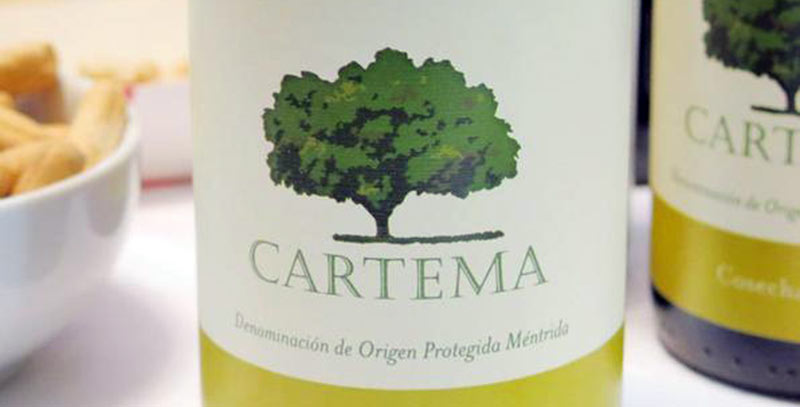DO Rueda has announced a hefty overhaul of their governing rules or pliego de condiciones. For a DO that most people think of in terms of, “White wines. Verdejo grape, a little Sauvignon Blanc. Fresh, clean. Next.” these changes will make things a bit more complicated, but they can be summarized as such: “Rueda” – Now the main name. No more Rueda Verdejo or Rueda Sauvignon varietal declarations on the front label. “Gran vino de Rueda” – Wines made from vines of 30+ years and 6,500kg/ha in total yield. Starts […]

